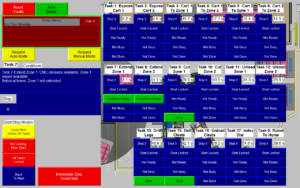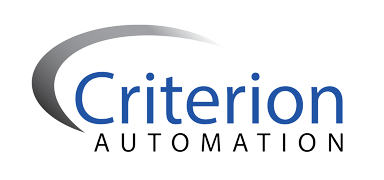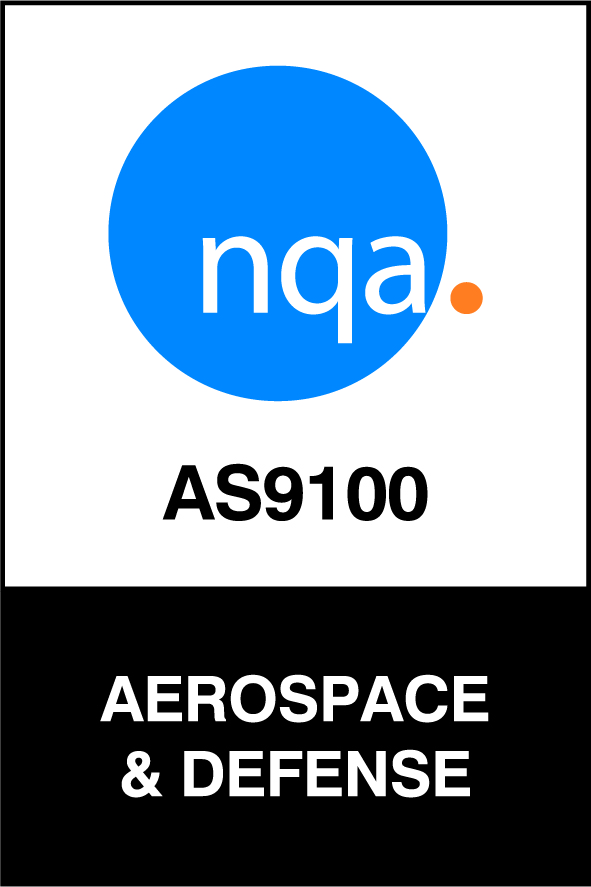No matter how thorough the design of a traditional sequence-based robot cell, the chance of a part making it through a multi-step cell without any faults is remarkably low. The engineers at Criterion have found a better way, creating opportunistic sequencers that take advantage of operations that are running and bypassing those that are disabled.
How Traditional, Sequence-Based Cells Work
Robot cells are typically controlled using one or more ‘sequencers’ which perform steps one after the other. A complex cell may have many individual sequencers which perform many steps, such as preparing infeed material, loading material to a CNC fixture, running a program on the CNC, unloading the material to a press, loading secondary components into the press, pressing the assembly together, transferring the assembly to a quality check station, applying a laser etching or pin prick traceability mark, and packing the finished assembly out into a carton. And there may be multiple presses or multiple stations on the CNC to prevent slow operations from being a bottleneck, adding even more permutations to consider.
A traditional main sequencer will run each of these steps in order and, with careful consideration, can have many parts in flight simultaneously. Time studies can advise engineers about which steps should follow other steps to maximize efficiency, and with extra work, optional branches can be programmed that allow the machine to perform multiple main sequence options—though the combinatorics grow quickly. Assuming everything is perfectly reliable, such a program can be made to work. Unfortunately, with 16 individual processes running at steady state, a part will need all 16 processes in the cell to run without fault on each step through the main sequencer. Even if each step has a 99% success rate, the chance of a part making it through the entire cell is only 7.6% (0.99^(16×16)).
So what’s the alternative?
Criterion Task-Based Sequencers Solve Sequence-Based Cell Problems

Enter Criterion task-based sequencers—rather than running a rigid main sequencer, these task-based robot cells perform the most important task available. Where a traditional sequencer tells a cell what to do, in a specific order, our task-based sequencers determine how and when to do the required tasks. Operating opportunistically, a controller might be programmed start a task automatically whenever the following conditions are met:
- the task is not yet completed
- the task has the highest priority of any tasks which are ready to start
- the task’s required resource (for example, the robot) is not busy and not faulted
- the regions the task will operate in (such as the infeed and second CNC nest) are not being used by another task
- task preconditions (like infeed full and CNC nest empty) are satisfied
Advantages of Task-Based Robot Cells
Criterion’s task-based sequencers allow manufacturers to increase productivity and decrease downtime, delivering advantages including the following.
Reliability: If any individual task becomes faulted or is disabled by the cell operator, but a different step is available, the task controller will instantly reconfigure the cell to route around the obstruction as much as possible.
Easy and fast fault recovery: If an individual station becomes faulted, an operator can reset just that station by opening the door, clearing the bad part from one station, and marking the task “not done” on the HMI. A task-based cell will automatically push other parts up in the sequence and restore operation. There’s no need to run stations manually or fully purge the cell!
Operator empowerment: Rather than having nothing to do but become frustrated and reset the main sequence when issues arise, operators can enable and disable tasks to continue running. If they need to step away to tend another cell, fetch more raw materials, or handle other responsibilities, they can do so trusting they’ll come back to a full, operating machine.
Faster production with intelligent prioritization: If a good human operator encounters a blocking issue in their work, they’ll raise a ticket and move on to the next most important task in their list. With task-based sequencing, your machine can do this too!
Less downtime: Need to repair a CNC nest or a die in a press? With a traditional machine, after CNC nest 1 gets loaded, nest 2 must be loaded as the next step in the sequence. After nest 2 is done cutting the part, it must be loaded into die 2 in the press. If either of these stations need repairs or replacement parts, the entire cell is completely useless. With a task-based sequencer, you can remove the station, disable the task, and continue to run the rest of the cell. It may only be 80% as fast as having two nests, but that’s a lot better than nothing!
Quality improvements: With a rigid sequencer, tight tolerances can quickly cause unacceptable fall-out and slow production to a crawl. A task-based sequencer can operate even with poor quality infeed material and high demands on the quality of output.
How Can Task-Based Sequencers Help You?
Criterion can help your organization build complex cells with flexible task-based sequencers that increase productivity and reduce downtime. To learn more, contact [email protected].





